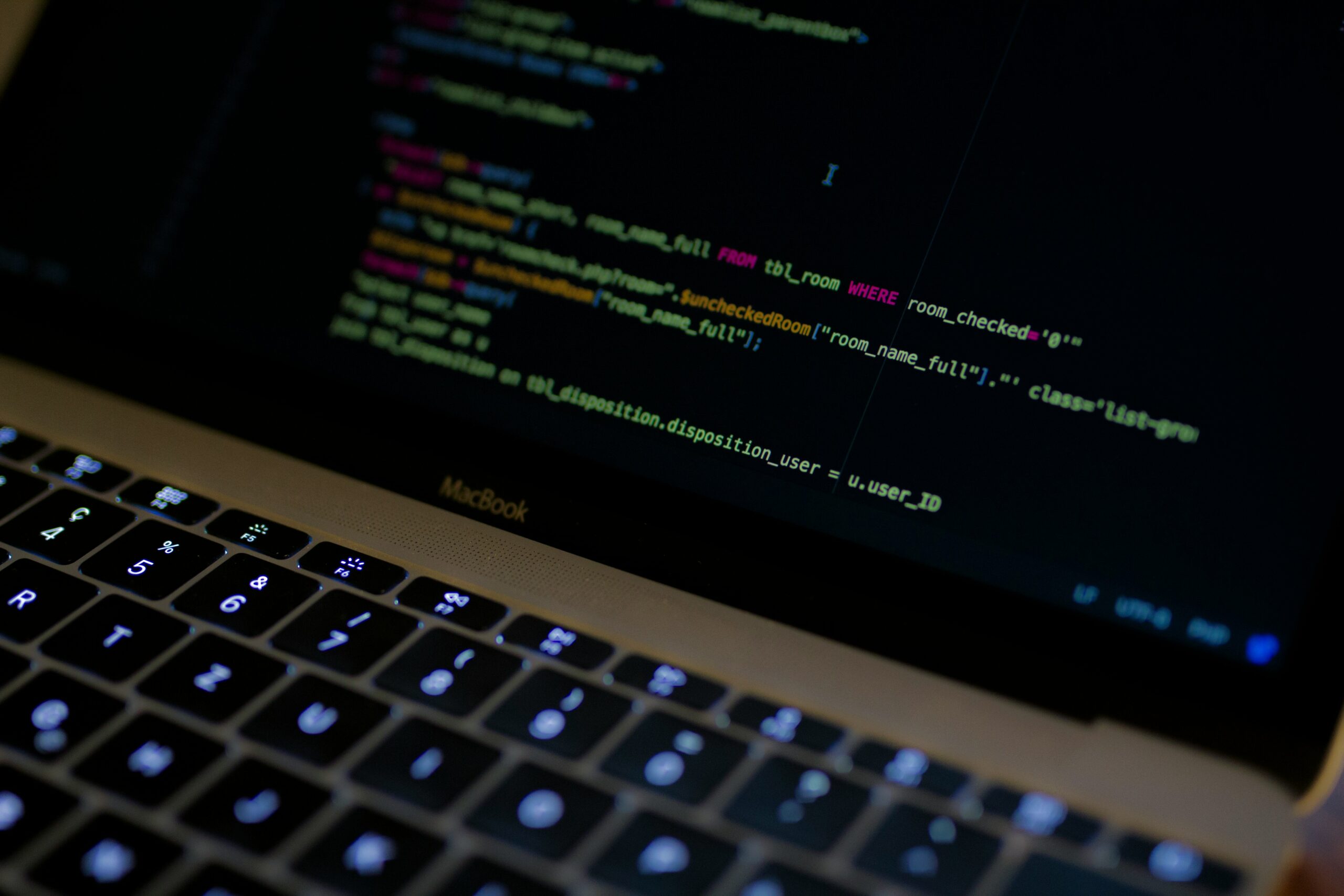How to uninstall Java on Mac: Guidelines and Advice

Java, a programming language and development platform that includes a compiler, virtual machine, and libraries, was once a staple for creating cross-platform applications, including those for macOS. In the past, macOS even came with Java pre-installed due to the prevalence of Java-based applications. However, with the shift towards Apple’s own Swift programming language and XCode tools, the necessity for Java on Mac has significantly diminished. If Java is taking up space on your Mac, it might be time to remove it. This guide will walk you through the uninstallation process.
Understanding Java
Java served as a bridge for developing software that could run seamlessly on both Windows and Mac systems, thanks to its platform-independent nature. Despite its reduced usage in Mac software development today, Java continues to be utilized in embedded systems.
Reasons to Uninstall Java from Your Mac
Removing unused software, like Java, is beneficial for several reasons. It not only clears up storage space but also eliminates potential software conflicts and security vulnerabilities, especially if the software isn’t regularly updated.
Steps to Uninstall Java from macOS
Uninstalling Java can be accomplished through manual methods that require a bit of effort or a simpler, more straightforward approach. Below, we outline all methods for your convenience.
Manual Uninstallation Process
- If you have the Java installer, open it by double-clicking.
- Without the installer, download it from the official site.
- Launch the installer and enter your Mac admin password when prompted.
- Select “Remove” and wait for the uninstallation to complete.
- Verify the removal by going to System Settings from the Apple menu. If a Java settings pane is present, Control-click it and select ‘Remove Java Settings pane.’
- Open Finder, click on “Go” in the menu, and select “Go to Folder.”
- Enter the following paths one by one, hitting Return each time. Search for any items named ‘Java’ and move them to the Trash:
- /Library/Application Support/Oracle
- /Library/Java/
- /Library/Internet Plug-ins/
- /Library/PreferencePanes
- Finally, empty the Trash to complete the removal process.
This guide aims to help you efficiently remove Java from your macOS, ensuring your system is streamlined and secure.
Uninstalling Java from macOS Using Terminal
To remove Java from your Mac, the Terminal offers a direct approach by executing commands to delete Java components. Here’s how to proceed:
- Navigate to Applications > Utilities and double-click on Terminal to launch it.
- Copy and paste the following commands into Terminal, pressing Return after each to execute:
bash
sudo rm -fr /Library/Internet\ Plug-Ins/JavaAppletPlugin.plugin
sudo rm -fr /Library/PreferencePanes/JavaControlPanel.prefPane
sudo rm -fr ~/Library/Application\ Support/Oracle/Java
rm -r ~/Library/Application\ Support/Oracle/Java
- After running these commands, close Terminal.
Java encompasses a programming environment complete with its own language, compiler, runtime, and libraries. While it was a popular choice for Mac applications in the past, its usage has significantly declined, now primarily found in embedded systems. Removing Java from your Mac can help free up space and avoid potential issues, making it a wise maintenance step if it’s no longer in use.